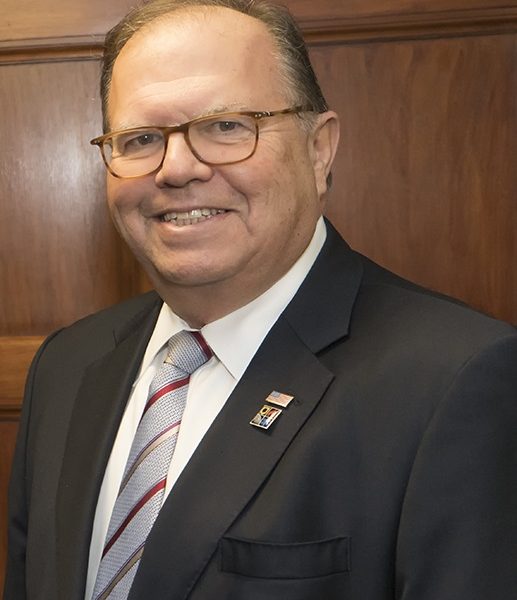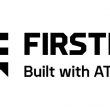Horowitz cites FirstNet adoption during COVID-19 pandemic, expects momentum to continue
Public-safety entities are increasingly willing to adopt the nationwide public-safety broadband network (NPSBN) being built by AT&T—particularly as first responders recognize its value during the COVID-19 pandemic, FirstNet Authority board Chairman Ed Horowitz said this week.
Horowitz said he believes FirstNet reached its “tipping point” last December, when AT&T reported more than 1 million FirstNet connections, more than 100 FirstNet devices, a robust App Catalog and more than 75% completion of the 700 MHz Band 14 LTE system.
“We’ve got devices. We have a network. We have a process whereby people are becoming aware of FirstNet and are using FirstNet—we’re getting real-life experiences,” Horowitz said during a featured session in the “PSCR 2020: The Digital Experience” event. “We’re in the mode now where [the question about] FirstNet is no longer, ‘What is it?’ but rather ‘What is it going to do for me?’ There is momentum that’s underway, and there’s constant growth.”
“I’d say that the pandemic, with no question, has accelerated everything. Until then, FirstNet was essentially being reviewed—municipality by municipality, state by state—and there was … a deliberate process whereby FirstNet was being adopted … The pandemic just moved the curve at 30 degrees, instead of 10 degrees.”
Last week, AT&T reported that FirstNet now has more than 1.5 million connections used by more than 13,000 agencies. Horowitz said he believes about “something on the order of 80% are primary” referring to the
“primary” user category that includes fire, EMS and law-enforcement officers, as well as personnel in 911 centers and emergency operations centers. FirstNet also is designed to provide connectivity to “extended primary” users—for instance, personnel in the government, healthcare and utilities sectors–that can play key roles in supporting public-safety missions.
In addition, AT&T has continued to expand its LTE coverage footprint, closing the nationwide gap on rival Verizon in this metric that is important to first resonders.
Congress approved legislation establishing the FirstNet Authority in February 2012, but the 25-year contract with AT&T was not signed until March 2017, and the rest of that year was focused on developing Band 14 deployment plans for states and territories to accept. In March 2018, the FirstNet Authority did not issue the first task order for AT&T to begin a five-year, nationwide buildout of FirstNet on Band 14 spectrum—a task that AT&T recently said is more than 80% complete, even though the carrier was not obligated to reach that threshold until March 2021.
Upon being awarded the FirstNet contract in March 2017, AT&T announced that public-safety subscribers also would access to all of the carrier’s LTE network through its commercial spectrum bands—not just the Band 14 frequencies licensed to FirstNet—with priority and preemption functionality. This effectively allowed public-safety agencies to begin subscribing to FirstNet much earlier than previously expected—a strategic decision credited by many as a key reason for current FirstNet’s adoption numbers.
Horowitz said he believes public safety’s recent adoption trend of FirstNet will continue.
“Understand that we only turned this thing on a couple of years ago,” Horowitz said. “It’s wonderful that 80% of the country is built. It’s wonderful that we have 187 devices up and running. It’s wonderful that we’ve got 1.5 million people up and running. But we’re only at the beginning, two years into it.”
Dereck Orr, chief of the PSCR division—serving as the interviewer of Horowitz during the online session—echoed this sentiment.
“It really is incredible to see what’s happened just in a matter of a couple of years, going from releasing an RFP to actually having 1.5 million-plus subscribers on the network,” Orr said. “To put that in perspective, when FirstNet was starting to look, and we [PSCR] were helping with some of this, at what the potential … public-safety subscriber pool, there were estimates of maybe 2.5 [million] to 4 million—depending on how you count them— public-safety personnel in the United States.
“When you see a 1.5 million [connections figure], … you’ve got already a significant portion of public safety adopting and utilizing FirstNet.”















